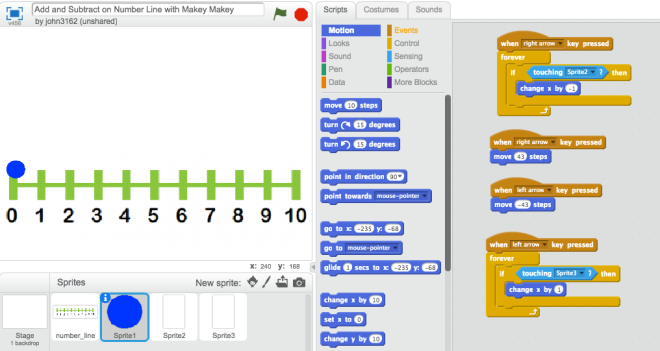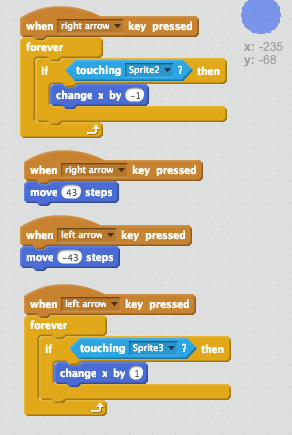Richard Culatta (2013) discusses three challenges in education that can be addressed with meaningful use of technology. First, he addresses that we often treat students the same despite their diverse interests and needs. Second, he states that students are expected to follow a strict learning schedule that doesn’t always fit their learning needs. And third, feedback often comes too late and isn’t integrated throughout the learning process. Thankfully, personalized learning tools are being developed to assist teachers in addressing students’ diverse interests and needs.
Basham, Hall, Carter, and Stahl (2016) examine the effects of personalized learning tools in a study within an Urban Reform District (URD) though observations and access to school year data (p. 213). Within the district, “Teachers used technology to support individualized, small group, and, occasionally, large group instruction and data collection” (Basham et al., p. 130). Students were also given choices throughout the learning process to meet their interests and preferences. With the help of personalized learning systems, “learners were empowered to continually make choices for how to gain new information and instruction using available multiple media resources, thus there were multiple means of representation” (Basham et al., p. 133). Based on their study, the researchers developed foundational components of personalized learning, which include a focus on individual learners, student flexibility within curriculum, defining clear goals, and data collection that allows for timely feedback (Basham et al., p. 133). The findings of the study are promising, in which “65.1% met at least 1-year growth in math,” and in ELA, “61.3% met at least 1-year growth” (Basham et al., p. 132). The use of personalized learning in this study had a powerful impact on students, and address all three of the challenges Culatta (2013) mentions.
A second study by Candace Walkington (2013) describes the effects of personalized learning with high school algebra students, with a specific focus on allowing students to implement personal interests into learning. Walkington (2013) studies two groups, one studying algebra with the use of personalized learning tools geared toward their interests and the other with traditional learning methods. The study suggests that “personalization promoted robust learning of the underlying concept of algebraic expression writing and was associated with accelerated future learning and transfer” (Walkington, p. 934). This study echos Culatta’s (2013) idea that students’ interests and preferences play a large role in the need to personalize learning.

Image Source
Elements of personalized learning can be directly related to ideals of Maker Education, but also leaves some discrepancies. Angela O’Donnell (2012) writes about the of dialectical constructivist approaches to learning, which “emphasize a) the importance of social participation, (b) the availability of scaffolding, (c) the need for authentic tasks in which learning is embedded, (d) the role of tools to support learning, and (e) the dialectic between the individual and the environment broadly construed” (p. 64) Both Basham et al. (2016) and Walkington’s (2013) studies show how personalized learning can provide scaffolding, authentic learning based on students’ interests, and the use a variety of tools throughout learning. However, only Basham et al. (2016) reference including social and collaborative studies alongside personalized learning settings. Allowing students to balance individual learning and goals with collaborative projects may be a necessary addition to personalized learning.
As teachers, we understand that students entering our classrooms have varying prior knowledge and experiences. It can be a daunting task to meet the individual needs of each student in a classroom setting. Thankfully, personalized learning tools are being developed to assist teachers in addressing students’ diverse interests and needs. However, I still wonder how teachers can balance personalized learning with collaborative student projects. Also, Basham et al. (2016) suggest that “investing in systematic reform” within our schools “is critical to advancing both understanding and practices within personalized learning” (p. 135). This implies that we need to rethink the structure of our current educational systems on a large scale to successfully meet the needs of students through personalized learning.
References:
Basham, J. D., Hall, T. E., Carter Jr, R. A., & Stahl, W. M. (2016). An operationalized understanding of personalized learning. Journal of Special Education Technology, 31(3), 126-136.
Guest, Ian. (Photographer). (2011, April 13). Individualised? Personalised? Or simply “different?” [digital image]. Retreived from https://www.flickr.com/photos/ianinsheffield/5617257898/in/photolist-9ynV57-977T9w-UqsNqL-dm5Q3x-9AdARr-VDsnzt-emcdq2-S16GeZ-npRcc9-7u2FUZ-QDyZWp-UhxQYx-QwpfcR-RChsFM-8XHGYM-8Mpaac-oxcMJW-TFmEQQ-5b495D-9AgyTb-Uyef4Z-7C4JmC-9AdBaF-7YcH4i-2RMy9p-dAhJnH-ag3Er6-TranNM-oLQEec-TBsjrF-8XLSsm-5qpfuW-enCizm-8Ndfd9-nQWhTi-Trao7n-qAr3eL-pDvb9N-8ML65o-Vjf7My-bBG1BU-pzQDsX-8H92dT-dm5UiU-dKbDWd-4K6oWv-79he5W-brZ1b6-cWt6Ld-oziqkN/
Tedx Talks. (2013, January 2). Reimagining Learning: Richard Culatta at TEDxBeaconStreet [Video File]. Retrieved from https://www.youtube.com/watch?v=Z0uAuonMXrg
O’Donnell, A. M. (2012). Constructivism.
Walkington, C. A. (2013). Using adaptive learning technologies to personalize instruction to student interests: The impact of relevant contexts on performance and learning outcomes. Journal of Educational Psychology, 105(4), 932.




